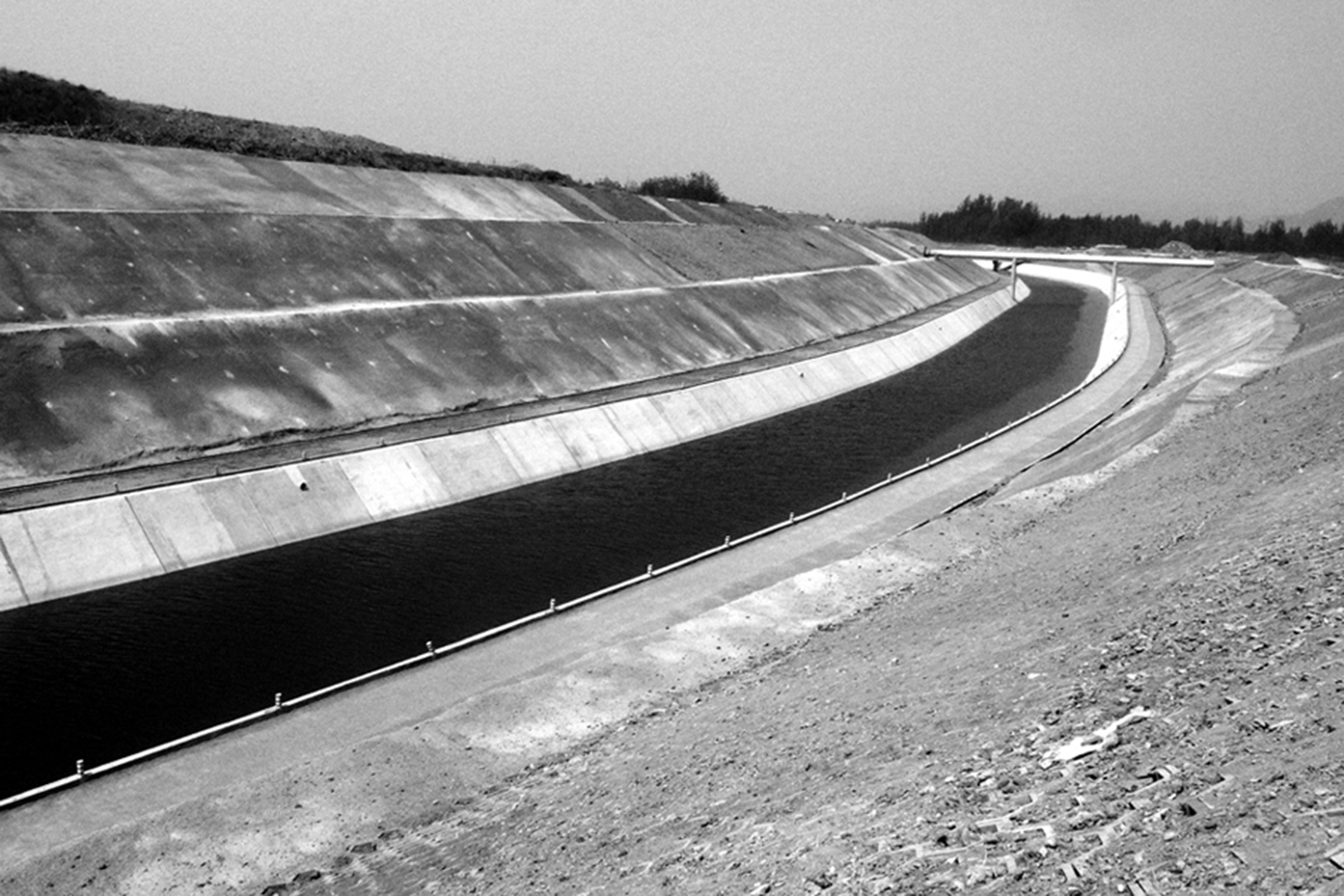Water Diversion Project: the controversial completion of China’s new canal
Since December 12, 2014, waters from Danjiangkou reservoir located on the Han River, the upper portion of the Yangtze at the boundary of Hebei and Henan, have been routed towards China’s northern regions via a 1432 km long canal. More than 9.5 billion cubic meters of water will be sent via this route from China’s southern provinces to Beijing and Tianjin each year.
This feat of engineering, achieved after eleven years of work, is the second section of the South to North water diversion project (Nan Shui Bei Diao). The solution was first conceived by Mao in the 1950s as an answer to the uneven repartition of water resources within China, a problem that has become considerably worse over the years in light of the North’s over-exploitation and pollution of water resources. Agricultural activities (which soak up 70% of water resources) and industrial activities linked to urbanization are at the core of the problem. In 2013, the water available in Beijing was estimated at 120 m3 per inhabitant per year, a number far under the 500 m3 per person per year water stress limit set by the United Nations Development Program (UNDP).
The entire project is said to include a complex nationwide hydraulic network that will necessitate the construction of three transverse north-south axes based on five major rivers (Han, Han, Yangzi, Huanghe and Hai). However, completion of the project may be compromised due to the high cost of construction and the difficulties in finalizing the Tibetan road. Moreover, oppositions have also begun to emerge within the scientific community and among China’s ruling class (see the infographic on China Dialogue). In February 2014, Qui Baoxing, Vice Minister of construction (MOHURD), remarked that the recycling of used water in China’s northern cities or the desalination of sea water would have actually been far more efficient than this “unsustainable” project.
Taking up these issues, a new exhibition at Beijing Capital Museum diligently details the main stages of constructing the canal’s central section. With a particular focus on the process’ visual representations, various maps and site landscapes are on display. Yet for some, the exhibition may nevertheless be disappointing as the project’s environmental and human impacts and significance are almost entirely ignored.
In contrast, director Antoine Boutet’s documentary South to North, in theatres across Europe since January 2015, takes a more critical stance towards the project, offering an analysis of its political and social dimensions. In a style reminiscent of the techniques of video art or installation—both important mediums for the director—Boutet recounts the social and territorial impacts of the canal’s transformed landscapes. In Danjiangkou for example, more than 300 000 rural inhabitants were displaced during the course of construction, relocated hundreds of kilometers away to residential units assigned by the government. In villages such as Heba, Liangzhuandong, and Gangkou, displaced residents feel doubly defrauded having been allocated sandy lands unfavorable to farming, as well as precarious houses that were hastily built.
With the central road now in operation, water management has become the main challenge facing China’s North. While the price of water will certainly increase, an inevitability the project’s manager Zhang Guoliang has reiterated, new measures to combat irresponsible water usage and waste continue to emerge. These interventions, ideas, and proposals include the renovation of irrigation systems, the renewal and reinforcement of strict water quotas, the creation of Water Users Associations (WUA), and the implementation of sustainable systems for water recycling.
-
2015/03/10

-
Danjiangkou

-
Oriane Pillet


the other map
Explore arrow
arrow
loading map - please wait...




